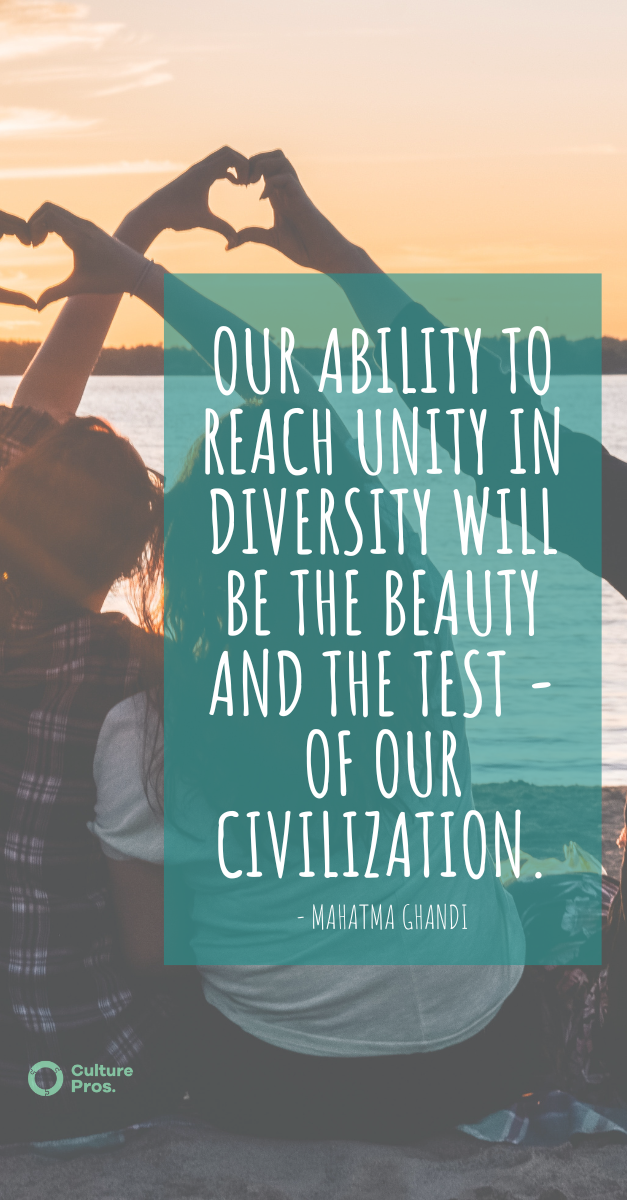In the digital age, the dynamics of multi-generational workplaces are a significant area of attention in organizational change efforts. One of these is how to manage workers over 65 and workers under 25.
Numbering roughly 11 million today, the older workforce has nearly quadrupled in size since the mid-1980s. The increase is driven in part by the growth of the 65-and-older population. The bulk of the Baby Boom generation has now reached that threshold.
(Pew Research, December 2023).
The modern workforce spans five generations – bringing a full range of perspectives and experiences – and challenges! – to the workplace:
Silent (born before 1945)
Baby Boomers (1946 to 1964)
Gen X (1965 to 1980)
Millennials (1981 to 1996)
Gen Z (born after 1997)
Building and celebrating multi-generational cultures in the workplace can yield tangible benefits – EG, bonding people around a common purpose and shared mission. Fostering curiosity and connection around “differences.” Creating empathy and multiple perspectives.
Here are a few ways to help your culture embrace diversity – whether it be age, cultural, or background (often, you’re addressing many forms of diversity!)
**DIFFERENT PERSPECTIVES = DIFFERENT SOLUTIONS**: Diversity in ideas and ways of thinking leads to stronger solutions. This is a fact! Incorporating multiple viewpoints enhances an organization’s ability to cater to diverse target markets and audiences. I’ve seen this over and over throughout my career helping organizations brainstorm and build solutions to growth strategies and market challenges.
**PROBLEM SOLVED**: Diverse groups, when well-facilitated, arrive at better solutions – mainly because they are more likely to actually be implemented, versus facing major resistance. Viewing challenges through various lenses fosters quicker buy-in and implementation. The key to this is an expert who understands facilitation: How to bridge differences, bring forth the quiet voices and soften the loud and opinionated. The best facilitators are skilled like an orchestra conductor.
**LEARNING AND MENTORING **: Interactions among employees of different generations can create organic mentoring (both ways) that boosts employee satisfaction and strengthens cultural bonds within the organization. It works best if this is done intentionally – L&D experts can help design processes that bridge people of all backgrounds and ages and fit within your unique culture.
**LEADERSHIP DEVELOPMENT **: Mentoring cultivates organic leadership growth. Seasoned employees impart knowledge and history. Junior staff learn how to navigate influence and relationships effectively.
I’m a proponent of collaborative mentoring – in which people of all ages are both teaching and learning from one another. Requires thoughtful design and creativity!
**REVENUE GROWS THROUGH EMPATHY**: A diverse team enhances learning opportunities. This leads to product, service, and brand development that aligns with societal diversity. This is the pathway to revenue growth in any modern organization. Of course, some products and services (parades, hot cocoa, drone shows come to mind this time of year) appeal to all ages and backgrounds.
REALITY TO BUILD UPON: Diversity creates challenges, misunderstandings and conflicts. Organizations that seek ideas, contributions and leadership from employees across generations and cultures – and use those to create helpful interactions – will grow their capacity for understanding differences and serving customers who reflect diversity as well.
Workforce diversity – managed well – is not simply a program or a reality – it is an opportunity to create greater empathy in a society.
What have you seen – or done – that has helped align your culture with diverse needs and capabilities?

